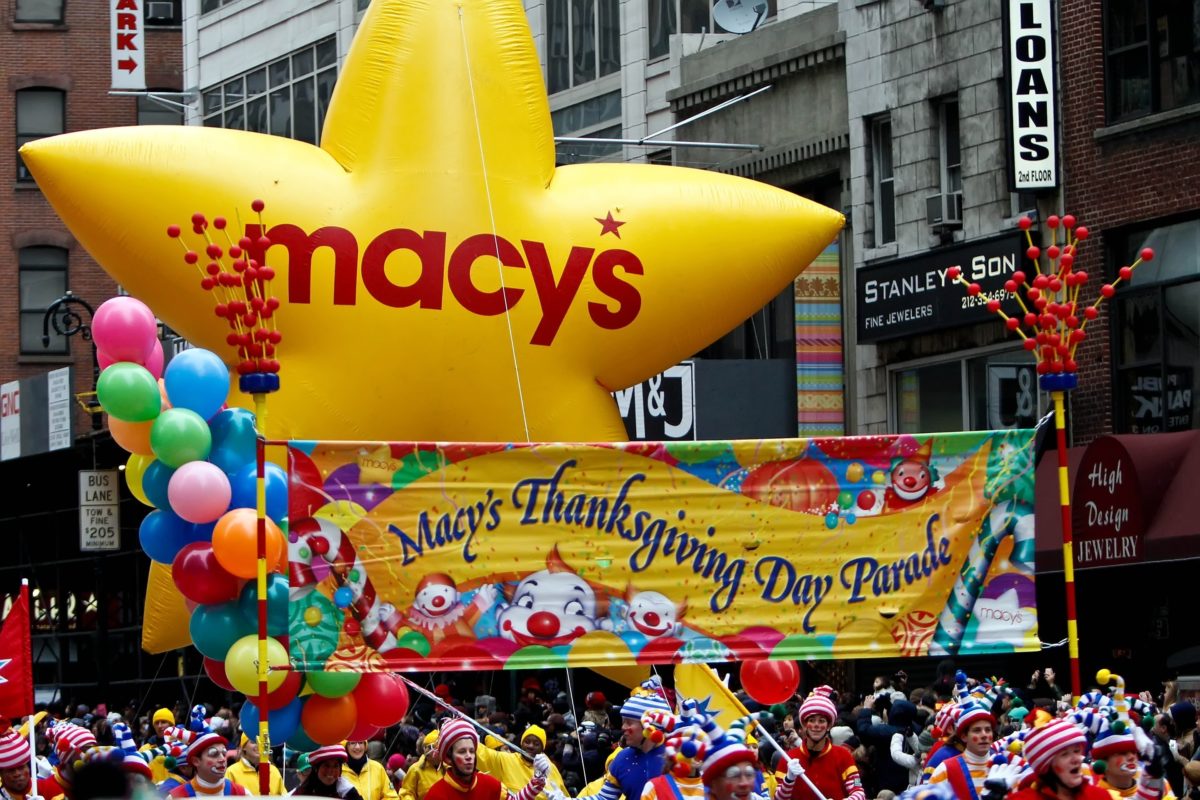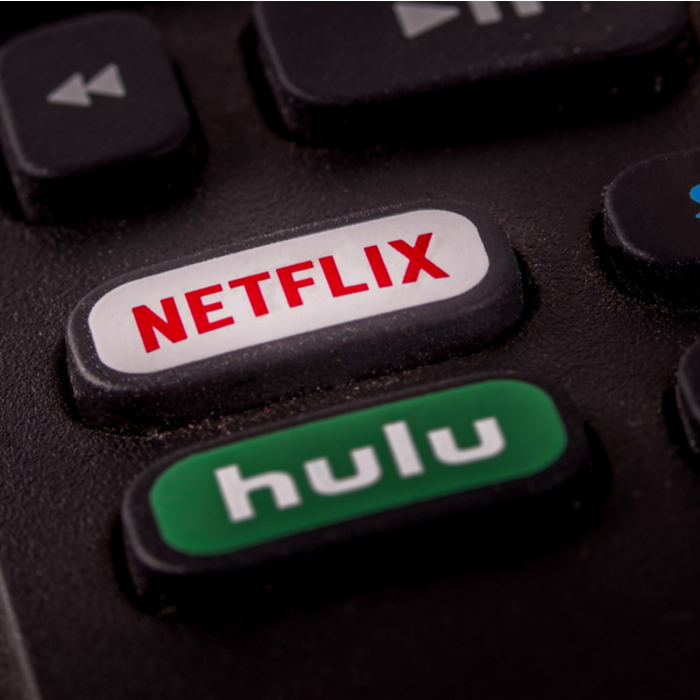
Best Practices for a Creative and Productive Day!
As creators, we can’t always control our creative flow and, consequently, our productivity level. Fortunately for us, there are practices we can implement that just might increase creativity and production in our daily lives.
Here are a few that we recommend:
Get in Touch with Your Intuition
Albert Einstein called the intuition “a feeling for the order lying behind the appearance.” There are patterns in our daily lives, organic ways in which the world moves that we can tune into and harness for our own creations.
Tuning into this natural flow allows us to arrive at conclusions that just make sense. When you can’t find anything new in the patterns around you, ask questions about them. If this doesn’t work, it may be time to switch up your environment: go play.
Shake Up the Pattern
“Our brains are constantly changing, they’re adapting, they’re learning, they’re dynamic,” according to Dr. Sahar Yousef, a UC Berkeley-trained cognitive neuroscientist. “It’s truly a canvas, and you can change and manipulate, depending on what you’re exposing your brain to. You can create different associations.”
You don’t have to go as far as taking a vacation to the other side of the world, but maybe change up your routine a little bit: go for a jog before sunrise, take a drive through a different side of town, listen to a new artist or playlist. There are plenty of ways we can find new perspectives and patterns we never thought about before. Although these changes can spur creativity, it’s not always good for the production side of things.
Keep Your Work Area for Work
“What is important here is intentionality in the environments we choose to do specific types of activities,” Yousef says. So, while switching up your daily pattern can help spur creativity, keep your actual work area for focused productivity so that your brain doesn’t get confused.
When we start allowing copious amounts of emails, meetings, calls, or even meals to interrupt our productivity time, we are training our brains to multitask instead of focus on the task at hand. Set aside some time for these distractions outside of where you are productive so that when you get back to your productivity space, your brain knows it is time to focus.

Building Brand Emotion Through a Tagline
Does your brand connect with people emotionally? And If your brand was a person, how would you describe its personality to someone? These are important questions to ask. Your emotional connection with the consumer is integral when trying to establish your brand and identity.
There’s a difference between telling people who you think you are and inviting them into your story.
One great way to accomplish this is to create a “tagline.” A tagline is a concise statement that you can use to clearly explain what you offer or do.
That being said, a tagline is a bit different from a slogan. A slogan is typically a short catchy phrase used in a campaign, whereas a tagline tends to have a longer shelf life. It simply answers the question “What do you do?” or implies how the brand wants the customers to feel
Some of the most popular taglines are Nike’s “Just Do It,” McDonald’s “I’m Lovin’ It,” and Dunkin’s “America Runs on Dunkin’,” just to name a few. These are all successful taglines because they create a connection with the consumer.
Let’s take Dunkin’ for example. Their tagline makes an instant emotional connection with hardworking Americans who believe they need to be fueled throughout their day. This tagline is also included on or in almost all of their products and merchandise.
L’Oréal also does an impressive job of creating that emotional connection. “Because You’re Worth It” creates an emotional response by making it about the target audience and not the company itself.
Think about what the consumer feels and how you can make them feel appreciated.
Here are a few key suggestions when considering your brand’s tagline.
- Keep it short
- Make it memorable and easy to understand
- Make sure it flows with the name of the business
- Align it with your brand
- Showcase your brand’s key benefit(s)
- Encourage a positive reaction from your target audience.
And if crafting a tagline and subsequent marketing strategy is outside of your primary responsibilities or strengths, then it’s time to call in Mad Men Marketing!
As a full-service marketing agency offering a team of research strategists, creative experts, and social media aficionados, we’re ready and waiting to help you interact with your audience, not interrupt them.
So, are you ready to interact? If so, contact us today by calling 904-355-1766!

Parsing Through the Costs of the Macy’s Thanksgiving Day Parade
Originating as “Macy’s Christmas Day Parade” with live animals in 1924, the modern Macy’s Thanksgiving Day is a cherished hallmark of our country, garnering millions in both views and dollars every year.
Costing anywhere from $10 million to $13 million in production cost on an annual basis, families have a tradition of remaining glued to the TV as they watch wondrous floats followed by dizzying dancers and famous musical artists take spotlight after spotlight.
However, up until this year — when Peacock officially grabbed at the opportunity to be the one and only streaming platform to feature the parade — the event only aired on broadcast television, leaving marketers wondering whether it was worth the cost of sponsorship in a world that has been increasingly concerned with digital consumerism.
Our take on it? Absolutely, it still pays off. Here’s what to keep in mind:
The “Why”
Let’s face it: The Macy’s Thanksgiving Day Parade is here to stay.
Most would agree that simply partaking in the parade is an honor, offering companies the opportunity to showcase their commitment to American ideals and unity. And what better way to boost your brand reputation than to contribute to a national sense of holiday joy?
But warm and fuzzy sentiments aside, the reason a company might choose to participate as a sponsor of the Macy’s Thanksgiving Day Parade is simple: for the sheer amount of views they’ll amass.
This year, “NBC’s coverage of the Macy’s Thanksgiving Day Parade drew a total of 25.4 million total viewers and a 6.4 rating in the adults 18-49 demographic on Thursday across the live broadcast and encore immediately after,” according to Deadline.
What’s more, with holiday shopping on the horizon for most households, even an ephemeral appearance of your brand’s logo on a float may be all it takes to plant a spending seed in the mind of your potential customers.
The “How Much”
As large companies generate considerable returns on their investment following the Thanksgiving Day Parade, it makes sense that many would clamor to purchase ad space while the renowned parade airs live.
“In 2019, the network generated an estimated $49.2 million in ad revenue from the Macy’s Thanksgiving Day Parade, while The National Dog Show brought in $11.7 million and the prime-time NFL game … yielded $72.1 million,” as reported by AdWeek. “That’s close to $133 million in ad revenue for the three events.”
And comparing that to the aforementioned $13 million production price tag? Well, yeah, let’s just say that’s not bad at all.
That being said, for those looking to skip the traditional commercial ads and actually be recognized in one of the nation’s most beloved and non-controversial events of all time, businesses may also opt to sponsor the balloons themselves.
In fact, according to CBS News, brand new parade balloons cost sponsors approximately $200,000 each, or nearly $90,000 should they sponsor a returning balloon.
The Bottom Line
Okay, so maybe your business isn’t quite ready to tackle the Macy’s Thanksgiving Day Parade, but that doesn’t mean you can’t hold onto it as a big audacious goal of your own.
And if you’re ready to embark upon the journey that will carry you into the right direction of growth, Mad Men Marketing can help you get there!
After all, here at Mad Men Marketing, we are rooted in the belief that brands should interact with their customers, not interrupt them. And what better way to grow than to have measurable goals and research experts at your fingertips? From traditional marketing expertise to digital strategy, social media engagement and more, our team is ready and waiting to reach new heights of gratitude and success.
So, if you’re ready to learn more, contact Mad Men Marketing today by calling (904) 355-1766!

PPC Trends of 2022
PPC Trends to look for in 2022
As I am writing this for “things to look for in the PPC (pay-per-click) world in 2022”, things are already changing and will be somewhat different by the time this blog is indexed by Google and read by you. However, this list below will still be a strong list to consider when building out a successful PPC campaign in 2022 and beyond!
Here is a list of things to look out for in 2022:
- First-party data
- Better conversion tracking and bidding
- Education is very important
- Testing & Adapting (A/B when you can)
- Audience targeting (more segmented than ever)
- UX (user experience) is paramount with landing pages
- Bid adjustments will need to change frequently
We have run thousands of PPC campaigns in the last 15 years and I can tell you one thing that never changes….you must be able to spend more than your competitor(s), and when you cannot, you must outmatch them with an effective strategy. So many opportunities exist for great PPC campaigns, but you must always be changing and evolving your campaigns – using the free Google research tools is a great start, or finding an agency that can help you develop and manage a great campaign should be on your radar.

Advertising Locally on Streaming TV
Advertising Locally on Streaming TV (specifically Hulu)
I think everyone knows what streaming TV is, but in the very basic terms, it is the digital distribution of any video content that is consumed on TV screens. Some popular platforms are Disney+, Netflix, Prime and for this article, Hulu.
I am focusing on Hulu because they are the first service to offer local insertions in their programming. This is huge for local advertisers! According to Nielsen, adults 18-34 traditional TV ratings have declined 69% since 2017. So in 4 short years, 70% of adults under 35 years of age, are no longer watching traditional, local news station content over the air, or through traditional cable service providers. I for one have been a huge fan of “Only Murders in the Building” on Hulu, and when a platform has successful content such as this, it increases usage in large numbers. As an example, I am now watching the Hulu platform almost daily at some point, whereas before the show, I did not.
So why is this important? Because like me, Hulu viewership is up in a big way. As Hulu puts it, we are starting to see GENERATION STREAM come to maturity and they consume their content almost exclusively on a streaming service. In fact, Hulu’s research points that ads on their platforms are 151% more engaging than linear TV. There are many reasons for this, but their limited content breaks and non-traditional approach to breaks in general, makes for a better user experience.
The new Hulu self-service option to buying and inserting ads locally in their programming, for as little as $500, is something I hope local companies will take advantage of!


